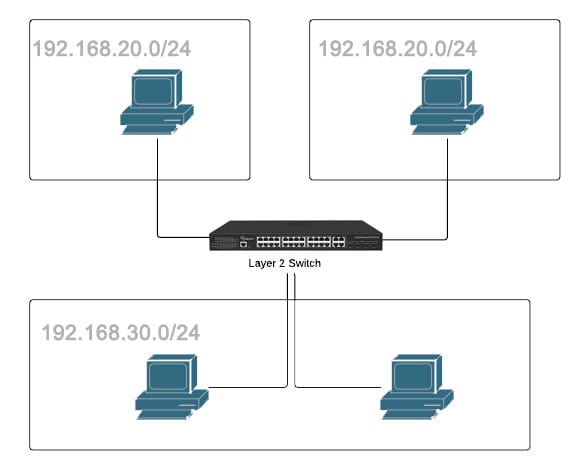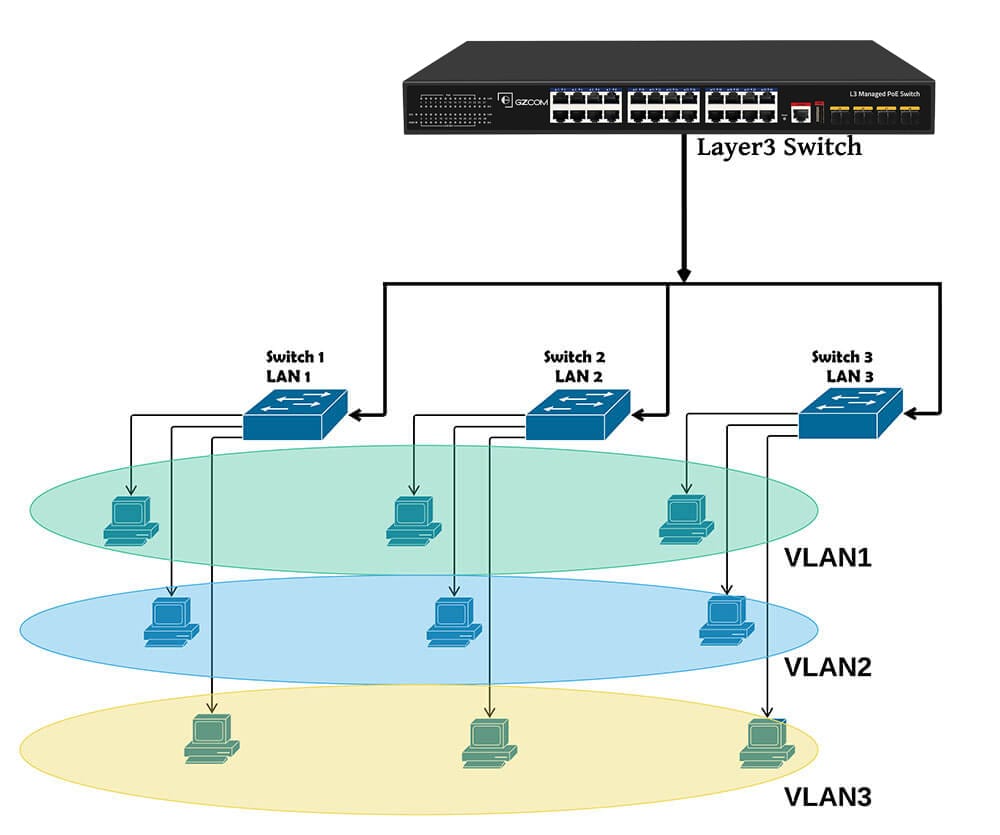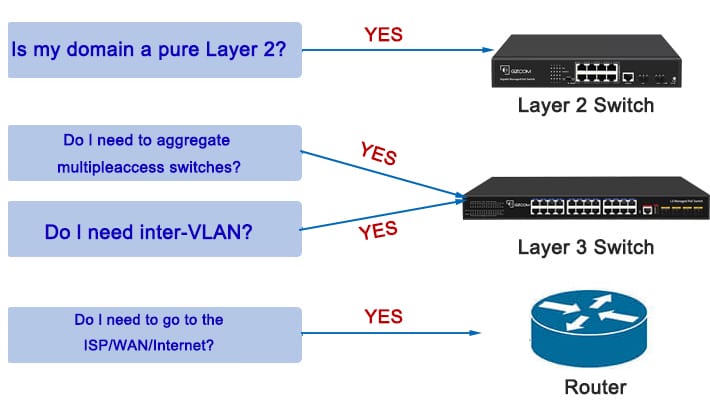Please submit your message online and we will contact you as soon as possible!
- Experience security and speed, without compromise.

2024-04-05
Power over Ethernet (PoE) switch, in fact, be in the heart of your network, by bringing together a together power and data delivery in an easy format. PoE switches are manufactured for easy use by bringing data and power cables into a network design as a single Ethernet cable, thus giving the power over separate power sources. The Power over Ethernet (PoE) technology has made strong progress in the recent years whereby the market value is projected to grow at a CAGR (compound annual growth rate) of 20.6 %, and reach $614.9m by the year 2030 which shows the potential of the future learn more about Innovation CAGR.

L2 PoE Switch form the backbone of many networks, serving as specialized equipment which offer both individual benefits and work together to meet the demands of various organizations. Data link layer,also known as Layer 2, referred to as L2, is the foundation to establishing communication between devices in the same network. It is responsible for function as error detection and correction, framing, and flow control.
Unlike ordinary switches, Layer 2 switches give data links a direct access while by-passing data frame decapsulation process. The MAC address table is managed to enable the Layer 2 switch quickly finds the interface corresponding to the destination MAC address and forwards the data frame directly to the interface.This process reduces data delay and jitter and, in turn, achieves efficient and fast communication.
In a standardized network that utilizes the shared media method, data frame collisions will negatively impact the network performance.Layer 2 switches effectively isolate data frame conflicts between ports by dividing each physical port into independent collision domains.In this manner that each port has the ability to transfer data individually that does not require waiting for the transmission to another port to be completed as well as it can boost the network overall throughput.
Layer 2 Switch supports VLAN, which enables network administrators to divide a physical network into multiple logical networks based on business needs. Through appending VLAN tags to data frames, switch has become capable of distinguishing and processing data frames coming from different VLANs which is a way of achieving functional division and optimized management of network resources. This not only upgrades thre security factors in the network but also amplifies the flexibility and the scalability in the network.

Layer 3 switches, also known as multilayer switches. one major difference between a Layer 2 switch and a Layer 3 switch is layer 2 switches are more basic as they only forwarding data frames using MAC addresses and do not analyse IP addresses or other information. Layer 3 switch has all the functions of a Layer 2 switch and also supports both static and dynamic routing for more complex traffic management and transmission.
What's more, Layer 3 switches also have the advantage of automatically tagging VLAN traffic based on IP address, reducing the need for manual port configuration. This new way of intelligent processing means higher reliability of the network, as well as expanded security and adaptive functionality.
Broadcast storms, which adversely effect the overall network performance, are segmented at layer 3's switch port onto independently owned broadcast domain.
so the broadcast traffic of each broadcast domain will not spread to other domains,this mechanism will protect the network resources from unnecessary interference.
Layer3 switch is able to use RIP, OSPF, BGP for dynamic routing protocols exchange and update routing information to other routers or Layer3 switch. this approach helps the network to be very adaptive and reliability, enabling traffic of a data packets to be able to choose the best way of transmission based on the current network status.
Layer 3 switches have role of policy routing that is useful to the network administrators to assign different routing policies based on the source IP address, destination IP address, protocol type, and the attributes of the data packet. Such an adaptive routing method facilitates the network with separate treatment of traffic having various distributions and priorities, resulting in resource allocation and utilization. Afterwards, a higher operating efficiency and service quality are built.

A Layer 2 PoE switch will do just fine for small to medium networks defined by limited interconnectivity requirements within the same subnet. These switches are specifically designed to process local data transmission using MAC addresses, thus making them perfect for environments where just network segmentation is aimed.
1.Cost-effective method for small and medium-sized businesses.
2.Efficient data forwarding of local data based on the MAC addresses.
3.Suitable for environments with limiting inter-connectivity within the same subnet.
On the contrary, large networks may take advantage of highly scalable L3+ PoE switch features which are applicable in heterogeneous networks with a wide variety of subnets and routing complexity. The purpose of these switches is to achieve efficient communication between different subnets via IP routing tables. Thus, they become vital for the organizations that need to be connected seamlessly within different subnets and also has high-level routing capabilities.
1.Required coordinating the communications between different subnetworks.
2.An organization requiring seamless inter subnet connection .
3.Advanced routing capabilities suitable for complex network infrastructures.
Through a careful study of these factors,explained the differences between Layer 2 and Layer 3 Switch, In network systems, Layer 2 and Layer 3 switches can be selected and combined according to different needs and scenarios to achieve high efficiency and reliability of network communication.
Please submit your message online and we will contact you as soon as possible!